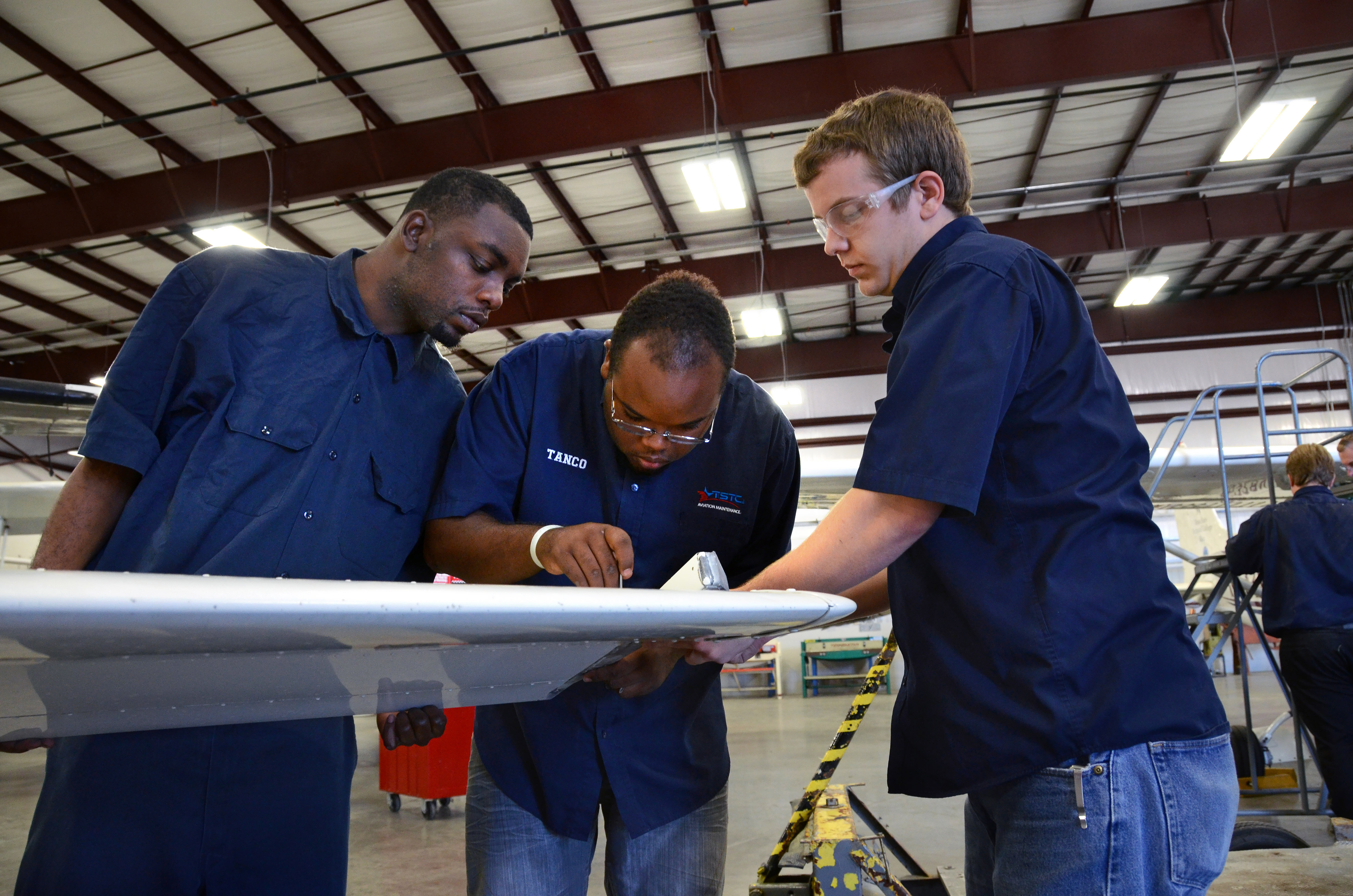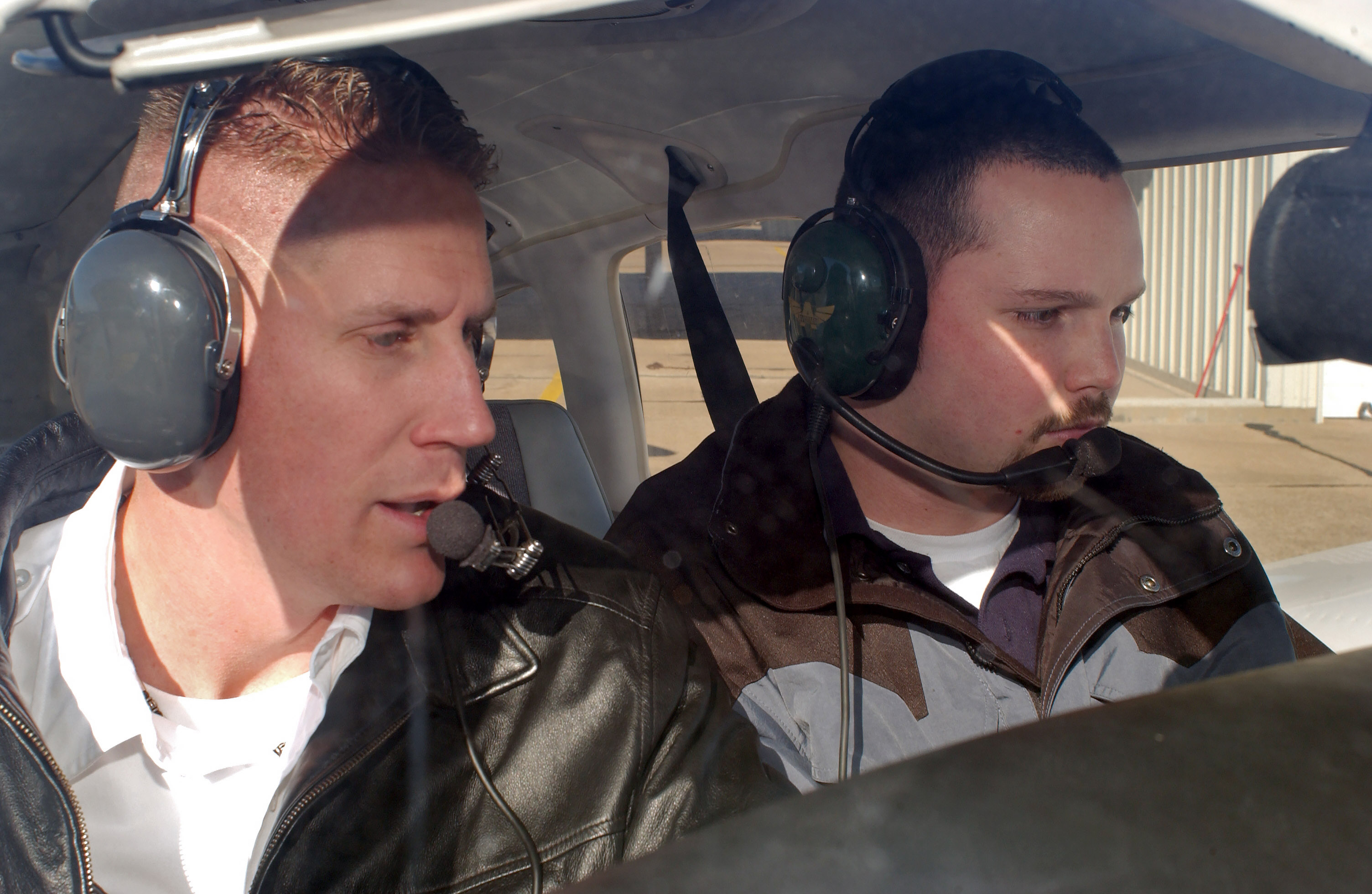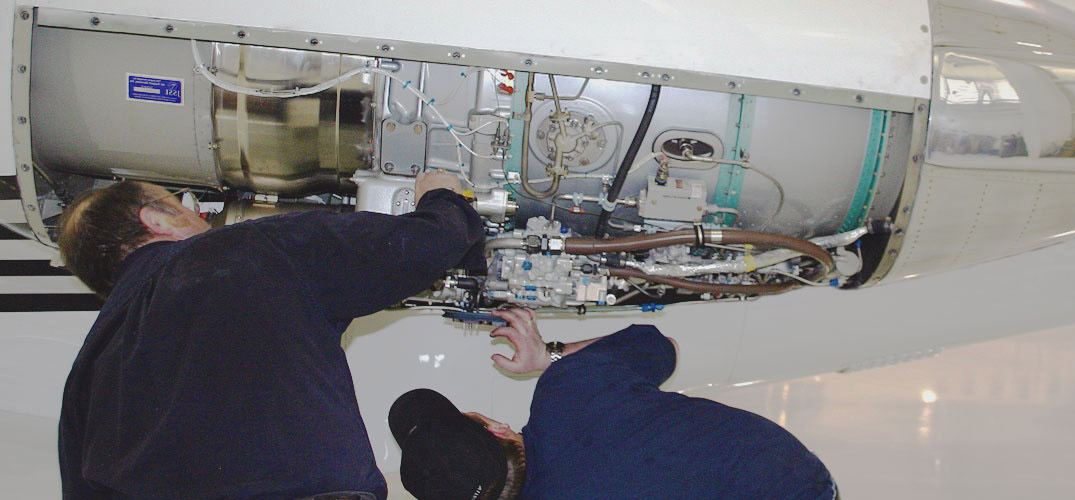Texas State Tech is 'workforce training engine'
Waco aviation college has 23 aircraft and helicopters
The two-year Texas State Technical College is steeped in aviation history, has hosted the U.S. Air Force Thunderbirds, captured the National Intercollegiate Flying Association two-year division crown, and helped build SpaceShipTwo. The institution near Waco, Texas, has been consistently turning out aviators since 1968’s “Summer of Love” and is considered by faculty and students alike to be built on hallowed ground.
The site was formerly Waco Army Airfield, built for the outbreak of World War II where young pilots were trained to fly Boeing B-17 Flying Fortress and Consolidated B-24 Liberator bombers. While ushering in the jet age with Lockheed’s P-80/F-80 Shooting Stars and T-33 training derivative, the airfield then became the James Connally Air Force Base and shared space with the technical school until the military moved out in 1966.
“Our job was to build on the airfield, technologies that would empower the Texas work force,” said Pearce. The school has 34 different technologies on its campus besides aerospace and counts 130 pilots and a total of 325 enrolled in the school’s five degree programs.

The aviation college, it seems, has a field of study for just about everybody. Air traffic control—check. Airframe & powerplant mechanic—check. Aviation dispatch technology—check. Aircraft pilot training for both helicopters and fixed wings—check and double check. There’s even an agricultural technology program that relies on TSTC pilots operating two Cessna L-19 Bird Dogs and an Air Tractor AT-504.
In addition to the ag airplanes, the program counts 16 more fixed-wing aircraft and four helicopters among its fleet. Most already have Automatic Dependent Surveillance-Broadcast (ADS-B) In and Out installed, said Pearce, a retired U.S. Army pilot. “I’ve been working on that for a year. We do two airplanes a month and I’ve got the last two in the shop right now.”
Students can fly one of 12 Cessna 172s, two Piper Arrows with glass panels, and two Seminoles, all with Garmin 650 architecture. Two Robinson R22s and a pair of R44s round out the fleet. The aviation department’s ultra-modern facility will soon celebrate its fifth birthday.
While incentive programs elsewhere are becoming increasingly popular with the regional air carriers, “we don’t have to do any kind of funky agreements,” said Pearce, because “the airlines are begging us” to place the school’s graduates in their cockpits. He explained that the Texas school has a program that he didn’t think many other colleges offered. “I give my students jobs as employees of the state. I put them on the flight line under the intense scrutiny of some very good chief pilots and then they fly some of the zero-time newcomers” until they, in turn, become seasoned pilots.

“The first two years we take you from private to CFI with an Associate of Science Degree in Aircraft Pilot Training. Then you get hired. We start you at $20 an hour and pay the same for ground instruction. Most flight schools around the country want you to starve. It’s a very livable wage at Waco, and you even have enough income to pay back some of your student loans.”
After completing the program, “TSTC can place pilots in a virtual classroom with Texas A&M and they can finish their bachelor’s degree. So, essentially you can go to any four-year university like Embry-Riddle Aeronautical University or UND and find yourself as a CFI making $12 an hour and eating mustard sandwiches,” confided Pearce, “or you can come to TSTC, and for about $80,000, you can accomplish the same thing.”
The difference, he said, was that pilots “have a livable wage after two years, and can pick up their bachelor’s degree. Then the airlines say, ‘Holy smoke, you have two degrees in four years, and have been an employee of the state? Go to the front of line.’ Essentially they are seasoned pilots by then.”
Pearce was equally proud of TSTC’s Air traffic control program. “Our graduates are pinging out in the top five at the FAA ATC Academy,” he explained, giving credit to his seasoned teachers who come to the college with “30-40 years of ATC experience.”
He said the program’s ATC graduates perform so well that they get a choice of where to serve after graduating from the FAA Academy. “We are actually providing critical infrastructure needs to commercial aviation and we do that by graduating people at the top of the FAA ATC program,” said Pearce. “Last month, 33 of our [ATC] grads got FAA offer letters,” added Pearce. “We are absolutely dancing a jig.”
He also was enthusiastic about 2009 A&P graduate Brandon Westley, who helped craft a large portion of SpaceShipTwo, the private industry aircraft set to reconquer outer space. “When we look at aerospace specifically, we are training people to go into this growing industry,” he added. After an additional TSTC graduate joined the Virgin Galactic project, a contingent of TSTC personnel were invited to witness the 2016 rollout of the spacecraft.

The 5,000-hour military pilot who favors a Sikorsky UH-60 Black Hawk helicopter or a Beechcraft C-12 Huron as his favorite aircraft, stressed safety as the No. 1 objective for all of his students. “You learn to really respect the weather and to really think safety. We build aeronautical decision making into every program we do. We have a moral, ethical, and legal obligation and we don’t want to put the public at risk."
The city of Waco is familiar to many television viewers as the home of HGTV Fixer Upper television star Chip Gaines, who snagged a ride with the U.S. Air Force Thunderbirds when they performed at the airfield in 2015. “He lives here in Waco and was so excited that when they landed he got down on the ramp and wiggled like a bug. The Thunderbirds had such a wonderful time that they asked to come back this month and we’re just thrilled,” said Pearce. “And in April 2018 we’re hosting the Navy’s Blue Angels.”
AOPA Texas You Can Fly Ambassador Pat Brown recently toured TSTC’s campus and came away impressed with its facilities and its commitment to aviation education. “Quite frankly, I ran out of superlatives as to what they are doing there,” he said. AOPA’s You Can Fly initiatives recognize the importance of building the pilot community through a variety of mechanisms that make flying safe, fun, and affordable.
Pearce said the college’s five programs on multiple campuses continue to grow as the aviation industry ramps up for expected pilot and mechanic shortages in the coming decades. “Now we say the sky is no longer the limit at TSTC.”




